Read time: 5 minutes
Supply chains are intricate networks in which people and organizations work in sync to move products from production to their final destinations. Without them, the necessities that humans depend upon – food, medicines, healthcare – would be out of reach. And while most of the work happens behind the scenes, many people didn’t become aware of the true value of the supply chain until the COVID-19 outbreak.
Throughout the pandemic, McKesson has navigated the balance of maintaining the integrity of its supply chains while also protecting the safety of its frontline employees. The company has worked tirelessly to make sure that products from both its medical supply and pharmaceutical supply chains reach care settings across the country every day. Accomplishing this hasn’t always been easy, but McKesson has relied on its deep experience and innovative thinking to keep the lights on.
In this story, we’ll take a historic look at McKesson’s pharmaceutical supply chain to better understand how it has evolved to become one of the most important parts of America’s healthcare continuum – even during a pandemic.
Supply chain innovation, 24/7
McKesson’s 30 U.S. pharmaceutical distribution centers (DCs) work around the clock to pick, pack and ship millions of pharmaceutical products across the country. The company delivers about 41,000 packages of medicine each day – one-third of America’s total pharmaceutical volume – with 99.98% order accuracy. It’s a well-oiled machine that’s the result of continuous innovation and technological evolution.
McKesson has been using technology to hone its supply chain strategy for decades, but it really ramped up in 2008 when it began introducing more automated technology.
“We knew we were going to be handling more product volume and that we’d still be working with the same number of hours in a day to get the work done,” says Todd Kleinow, vice president of distribution strategy and operations at McKesson. “Hiring more people is always an option, but eventually we were going to hit a point where that wouldn’t solve the issue.”
Tasked with driving efficiency up and costs down, Kleinow and his team designed a “DC of the Future” model that has since been integrated into the company’s pharmaceutical supply chain management strategy. Starting with four distribution centers situated in urban areas, the model deployed automated equipment that helped employees more efficiently fill orders by reducing the number of strenuous and redundant tasks, such as heavy lifting and walking far distances to fill a single order.
“In many cases – and with the same number of team members – we were able to handle two to three times the volume in those facilities,” says Kleinow. “That efficiency resulted in improved patient care because they got the medicines they need when they needed them.”
A bigger, better distribution center
McKesson’s early bet on automation paid off. Warehouse automation has since become a hot topic for companies across all sectors, with COVID-19 accelerating that trend even further in 2020.
“Every opportunity that we've had to test a new technology in a very calculated way, we’ve taken it,” says Ammie McAsey, senior vice president of distribution at McKesson. “Supplementing our team members with automation that manages redundant, basic tasks means we can leverage our people’s knowledge and intellect in other parts of our business.”
McKesson’s National Redistribution Facility (NRDC) hub in Olive Branch, Miss. cemented the company’s belief in the power of automation. Before the facility was built in 2011, its predecessor manually managed tens of thousands of cases of product daily.
“Team members were manually picking cases, putting them on pallets, and running them to the dock for shipping,” says Kleinow.
The highly automated NRDC can handle five times more volume than the old facility – good news for the many patients who count on the life-improving drugs McKesson distributes.
The NRDC picks 85,000 cases of needed medications daily (21 million total per year), receives nearly two million cases daily, and unloads anywhere from 40 to 60 trucks per day. Eleven automated guided vehicles (AGVs) are in use across two buildings, where they pick the fastest-moving items and handle 20-30% of the facility’s outbound requirements.
“Every opportunity that we've had to test a new technology in a very calculated way, we’ve taken it.”
“When shipments arrive, they go into a highly automated, predictable system,” says Kleinow. “Products are then distributed in a very efficient, high-quality manner that minimizes complexity and reduces cost in the supply chain.”
“At 700,000 square feet, it’s our largest distribution center,” he adds. “I don’t know what we’d do without it.”
With COVID-19, nimbleness comes to the fore
While managing a supply chain that pivoted quickly and didn’t miss a beat when the global COVID-19 pandemic hit, McKesson emphasized the safety of its workforce. It employed temperature checks for all employees prior to entering distribution centers and required they wear masks once inside, implemented social distancing within the distribution centers using distance dots to indicate six-foot distances, and initiated advanced cleaning protocols.
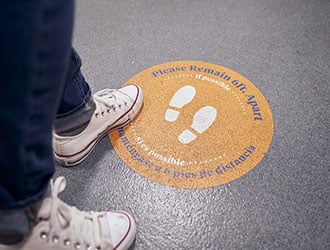 “We also immediately increased the air flow and exchange in our distribution centers by running our HVAC systems continually,” Kleinow says. “We now turn the air over several times each hour.”
“We also immediately increased the air flow and exchange in our distribution centers by running our HVAC systems continually,” Kleinow says. “We now turn the air over several times each hour.”
If there’s one thing that McKesson learned from COVID-19, it’s that supply chain nimbleness is non-negotiable. Patients depend on it. And, when facing a crisis of the magnitude of a global pandemic, that agility directly translates into speed and resilience. Even better, it applies to companies of all sizes, not just small organizations.
“Where in the past it may have taken us four or five months to test and innovate on budding initiatives, during COVID-19 there was a new speed and willingness to try different things,” says McAsey. “I see that innovative spirit continuing as we all move faster and collaborate across the supply chain.”
And so McKesson’s sophisticated supply chain will become ever more finely tuned, helping patients continue to benefit from the innovation and market leadership that is the company’s hallmark.
Originally published November 2020
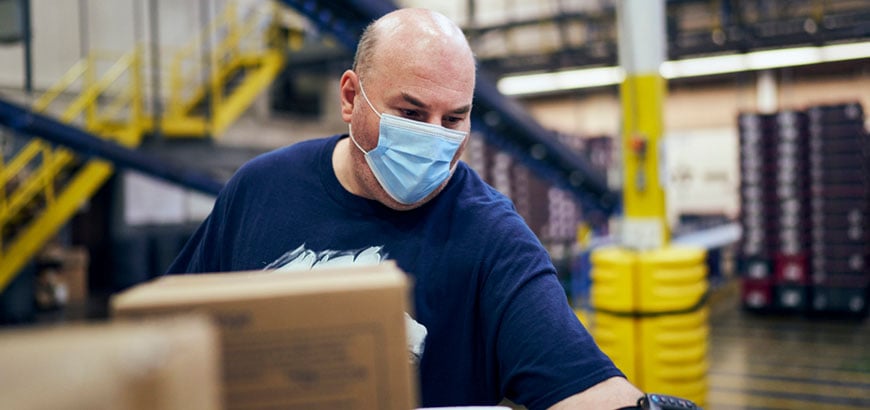
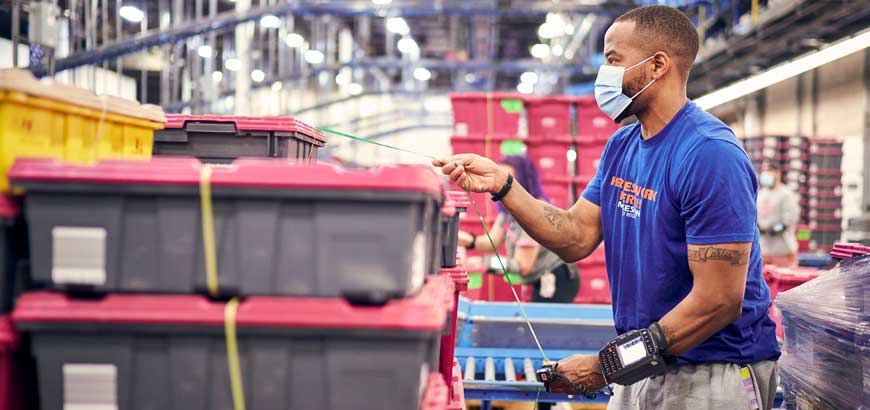
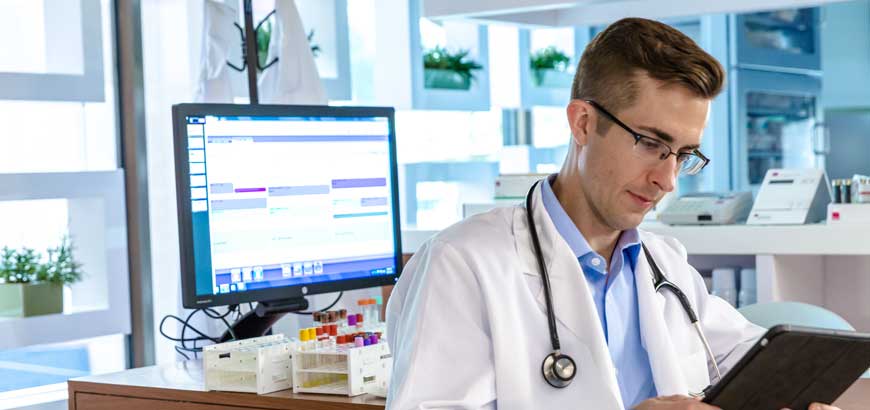
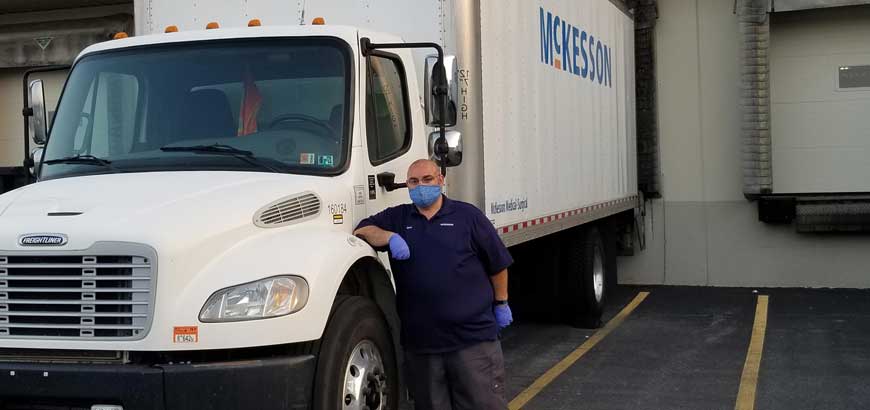
Share
Post
Post
Email